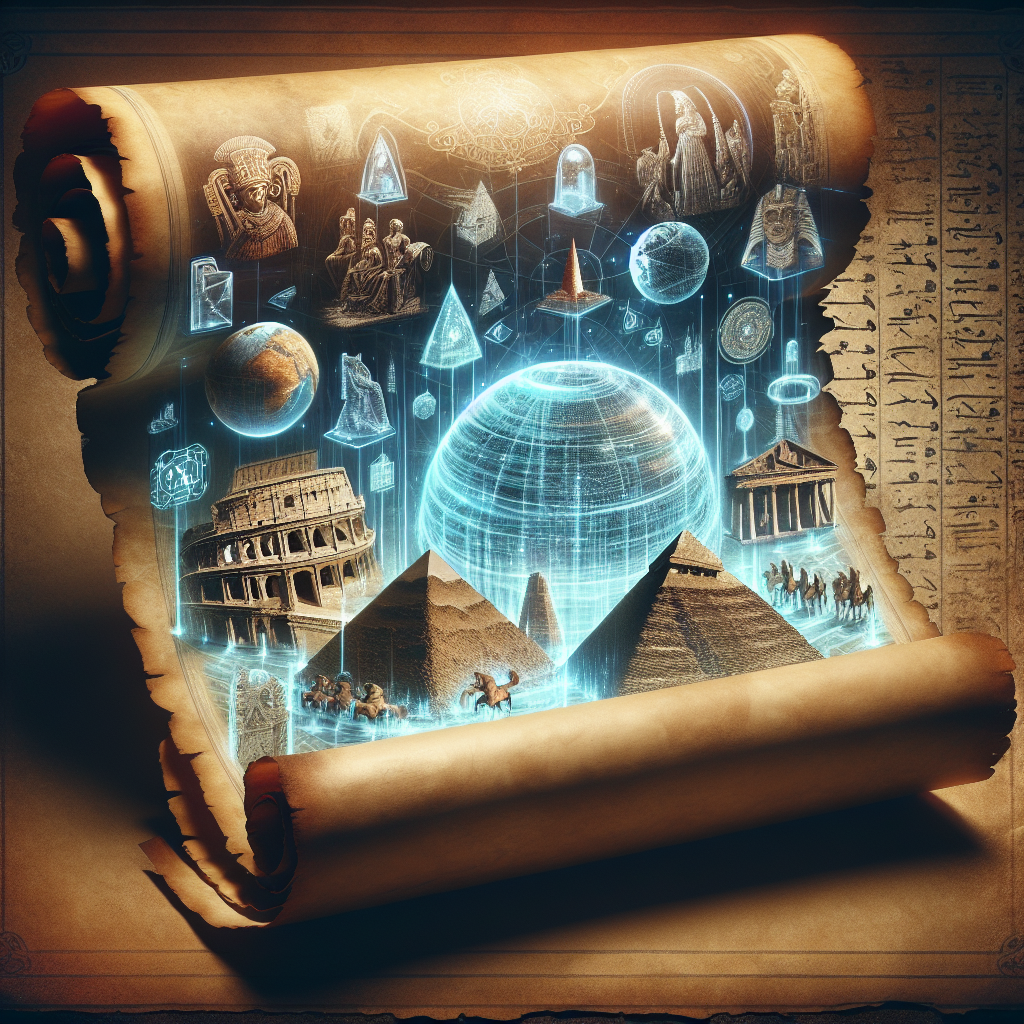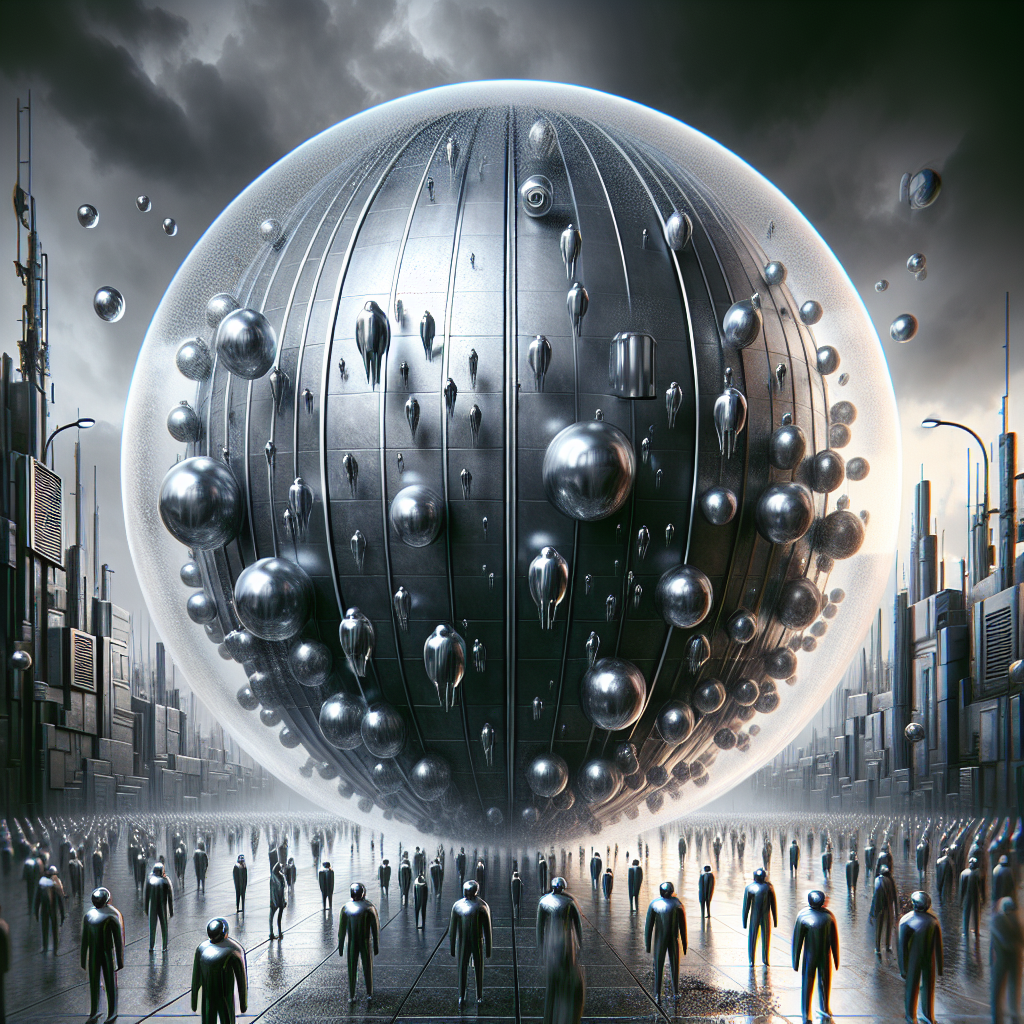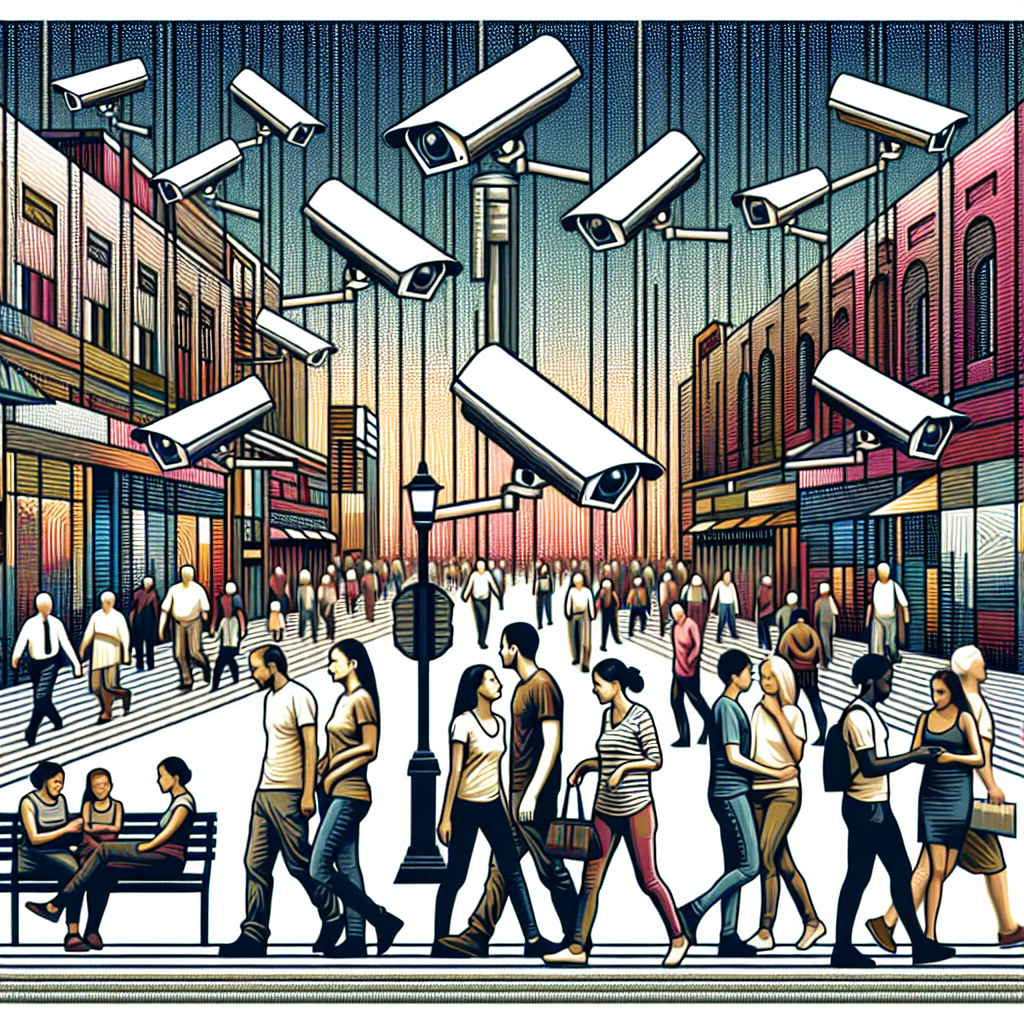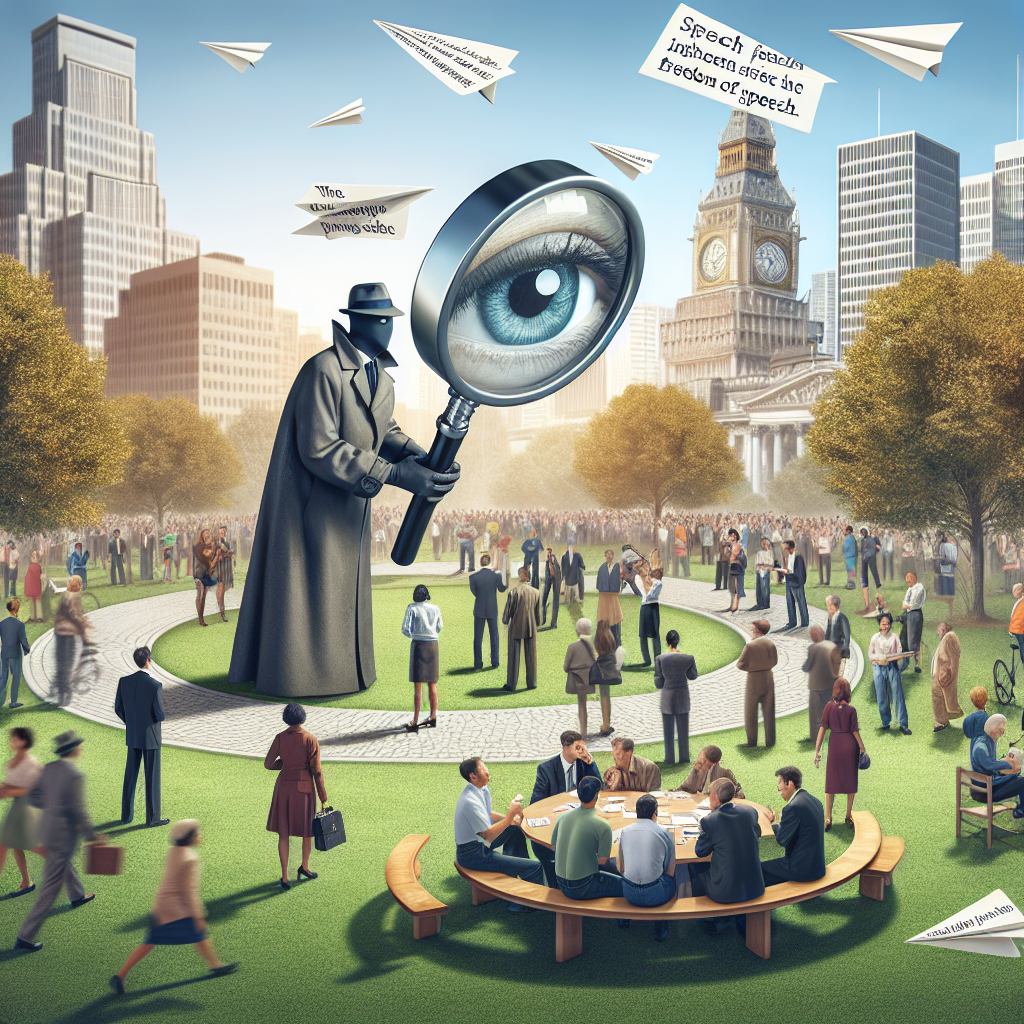Understanding the New World Order through Historical Context
The Concept of the New World Order
The term “New World Order” (NWO) often evokes images of conspiracy theories and ominous global governance. However, through historical context, one can understand how the term has evolved and what it signifies in different eras. Historically, NWO refers to a paradigm shift in political, economic, and social structures, frequently characterized by a move toward globalization, increased cooperation between nations, and often, a restructuring of power dynamics.
Post-World War I Developments
The roots of the New World Order can be traced back to the aftermath of World War I. In 1919, the Treaty of Versailles imposed heavy reparations on Germany, which not only sought to reshape borders but also aimed to foster a climate of international cooperation through the establishment of the League of Nations. The League’s goal was to safeguard peace and prevent future conflicts. Although initially a step toward greater global governance, the League failed to maintain peace, ultimately leading to the rise of fascism and the outbreak of World War II.
The United Nations and Post-World War II Era
Following World War II, the conception of the New World Order re-emerged with the establishment of the United Nations (UN) in 1945. Unlike its predecessor, the UN sought to promote not only peace but also universal human rights and economic development. The UN’s formation marked a significant shift towards multilateralism, reflecting an understanding that global issues, from poverty to human rights abuses, transcended national borders. During this period, the NWO was often associated with decolonization and the emergence of new nations seeking a voice on the global stage.
The Cold War and Bipolarity
The post-war period also birthed the Cold War, an ideological conflict between the capitalist West led by the United States and the communist bloc directed by the Soviet Union. This era exemplified a different interpretation of the NWO, characterized by the pursuit of ideological dominance. The establishment of NATO in 1949 and the Warsaw Pact in 1955 solidified a bipolar world order, where geopolitical strategies were shaped by ideological allegiance, not just national interests. The narrative around NWO during the Cold War era suggested a global struggle for influence, with each side aiming to expand its model of governance and economics.
The Fall of the Berlin Wall and Globalization
The dissolution of the Soviet Union in 1991 heralded a new chapter in the context of the New World Order. The end of the Cold War was perceived as a turning point, suggesting a unipolar world order dominated by liberal democracy and capitalist economies. The concept of globalization gained momentum, as nations became more interconnected through trade, technology, and immigration. Global organizations such as the World Trade Organization (WTO), established in 1995, worked to facilitate international trade and economic cooperation, reflecting an ideological commitment to free markets.
During this time, neoliberal economic policies gained traction, advocating for deregulation, privatization, and minimal government intervention—a significant shift from the welfare-state models prevalent in many Western nations post-World War II. Consequently, economic globalization came to symbolize progress, albeit with critics arguing it exacerbated income inequality both within and between nations.
New Challenges and the Post-9/11 World
The 9/11 terrorist attacks in 2001 marked another critical juncture in the historical narrative of the New World Order. The attacks prompted the United States and its allies to adopt a more interventionist foreign policy, leading to the War on Terror. This period saw a resurgence of state sovereignty concerns, as national security often took precedence over civil liberties. The U.S. invasion of Afghanistan and Iraq was justified under the premise of promoting democracy, albeit reading as a troubling interpretation of NWO where military intervention was seen as a means of establishing a new order rooted in Western ideals.
This phase also illustrated the tension between globalization and localized sovereignty, as the spread of information technology and social media began to challenge state control over public discourse. The Arab Spring of 2011 demonstrated the volatility of political structures in the face of age-old social issues, sparking debates about the effectiveness and legitimacy of international efforts at nation-building and governance.
Rise of Multipolarity
The early 21st century has witnessed a shift from unipolarity towards a more multipolar world. Nations like China and Russia have once again asserted their positions on the global stage, questioning the hegemony of Western ideals. China’s Belt and Road Initiative reflects a strategic effort to create economic partnerships and establish investment networks, which could be interpreted as a manifestation of a new kind of NWO that is less aligned with Western liberalism and more focused on pragmatic state-centric approaches.
Moreover, the rise of regional powers like India, Brazil, and South Africa signifies a diversification of global leadership, paving the way for a more pluralistic approach to governance. The ongoing debate around climate change and sustainable development emphasizes the need for collective global action, where the NWO could entail cooperative, inclusive strategies rather than hegemonic dominance.
Contemporary Perspectives on the New World Order
In contemporary discussions about the NWO, the terms ‘global governance’ and ‘global citizenship’ often emerge, indicating an awareness that challenges like climate change, pandemics, and economic instability do not recognize national borders. However, fears of loss of sovereignty and critiques of international institutions point to deep-seated anxieties regarding a perceived erosion of individual nation-states’ authority.
Moreover, the advent of digital governance, artificial intelligence, and the impact of digital currencies have further complicated the discourse. As technology reshapes societal interactions, the potential for global standards and regulations gives rise to questions surrounding privacy, data security, and the power dynamics of tech giants.
Understanding the New World Order through this historical lens reveals its nature as a persistent evolution of societal structures influenced by global events, ideologies, and technological advancements. The narrative of NWO is deeply intertwined with humanity’s continuous quest for balance between local governance and global cooperation. Analyzing these elements provides valuable insights into current affairs and the future trajectory of international relations.












Leave a Reply